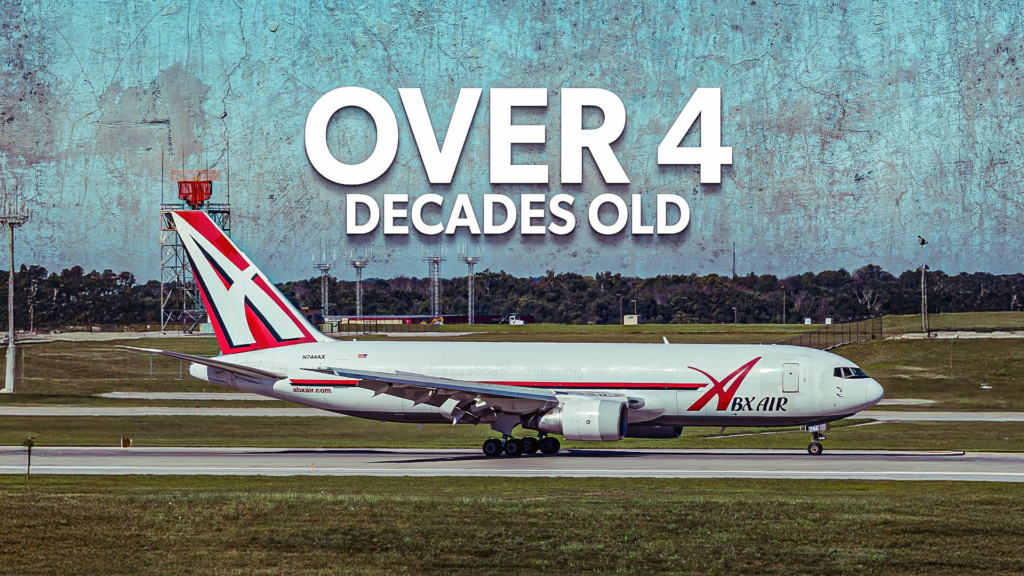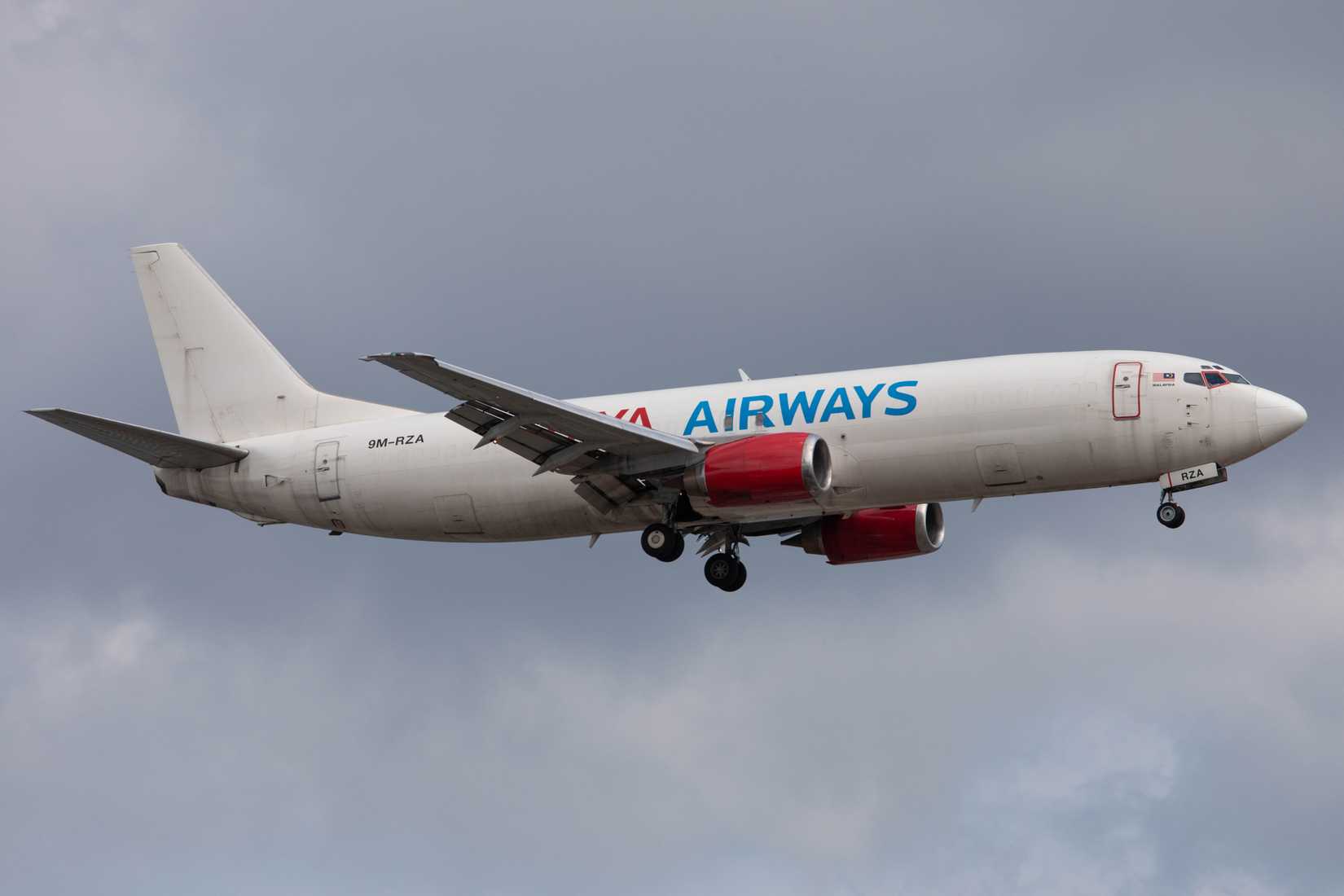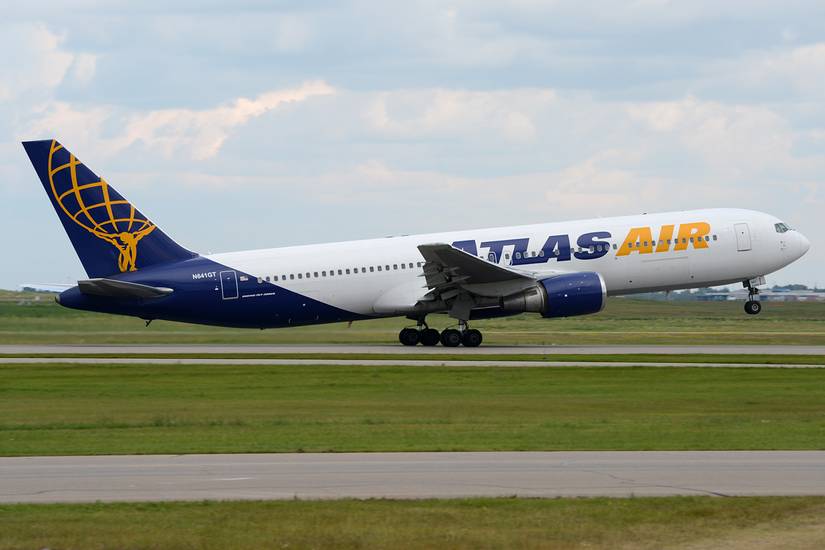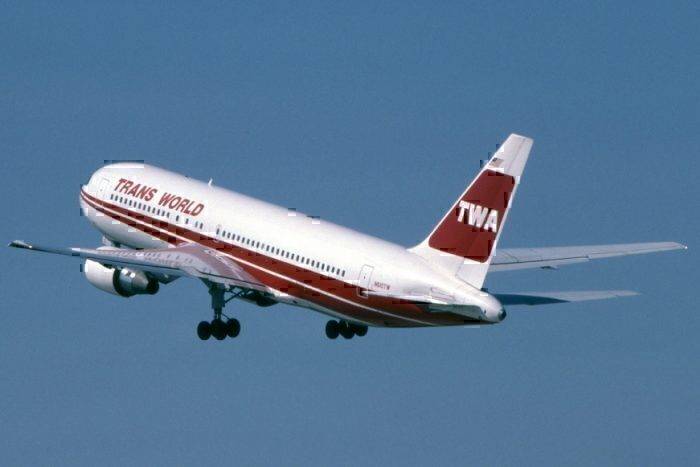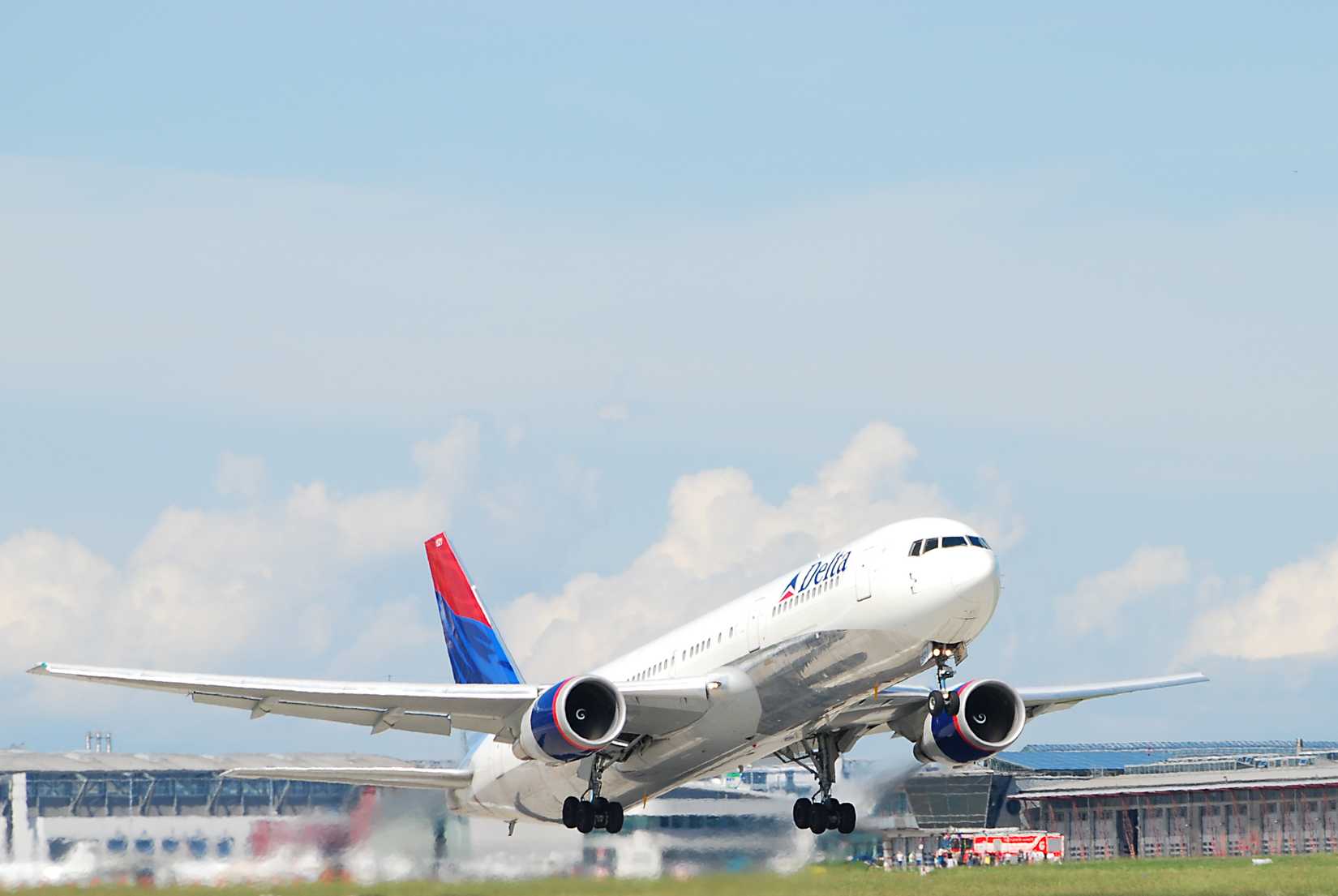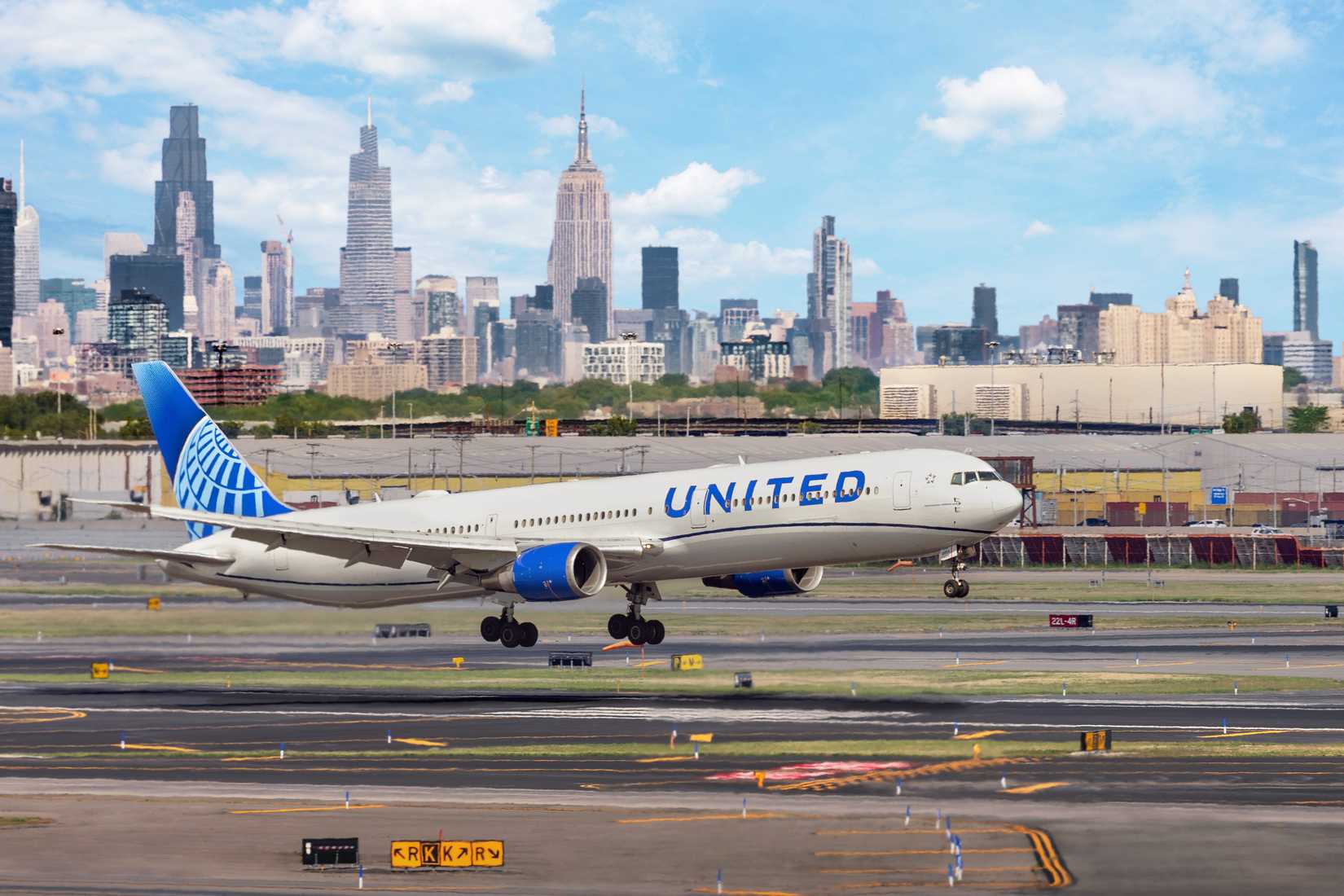![]() Boeing is one of the world’s largest commercial aircraft manufacturers. The commercial airplane business segment of the aerospace giant is a powerful force in the industry, generating over $22 billion in revenue last year. As a result, the company employs nearly 50,000 people at its locations worldwide, including some of its major manufacturing facilities in Everett, Washington, and Charleston, South Carolina.
Boeing is one of the world’s largest commercial aircraft manufacturers. The commercial airplane business segment of the aerospace giant is a powerful force in the industry, generating over $22 billion in revenue last year. As a result, the company employs nearly 50,000 people at its locations worldwide, including some of its major manufacturing facilities in Everett, Washington, and Charleston, South Carolina.
Since its founding in July 1916, Boeing has offered a diverse range of commercial airliners. This includes the Boeing 707, which was built in the 1950s and helped the commercial aviation industry transition into the jet age. Boeing is also responsible for the 737 family, one of the world’s most popular narrowbody offerings. However, Boeing has also produced several widely popular widebody offerings. One of the company’s most flown widebody aircraft is the Boeing 767. The aircraft was first introduced in the early 1980s, over forty years ago. Even so, the majority of these aircraft are still in commercial service or operating as cargo carriers. Let’s take a closer look at the oldest active Boeing 767, as well as its rise to popularity.
The Oldest Active Boeing 767
Over the years, Boeing has produced over 1,300 total 767s in several different variants, many of which are still flying today. Even so, many early models have been phased out and retired by commercial airlines. However, according to ch-aviation, the oldest active Boeing 767 is registered as 9M-RXB. This aircraft was delivered in 1982, making it approximately 43 years old. 9M-RXB also has a construction number of 17 and a manufacturing serial number of 22215.
Currently, this Boeing 767-200 is flying with Raya Airways in a cargo role. The Malaysian all-cargo airline flies frequently throughout Asia, although this specific aircraft is based at Kuala Lumpur International Airport (LIA) in Malaysia. Raya Airways is operating the aircraft under an operating lease, with Cargo Aircraft Management listed as the aircraft owner.
According to ch-aviation, this Boeing 767 was originally flown by ![]() Delta Air Lines. The airline placed the order, which included this aircraft, in November 1978; however, it did not accept delivery of the aircraft until October 1982. Originally, this aircraft was registered as N103DA. Delta flew this aircraft extensively until December 2003. In early 2007, ABX Air acquired the Boeing 767, when it was converted to a freighter configuration. ABX Air operated the aircraft until March 2010, when Amerijet International took over. Raya Airways began flying this aircraft in June 2020.
Delta Air Lines. The airline placed the order, which included this aircraft, in November 1978; however, it did not accept delivery of the aircraft until October 1982. Originally, this aircraft was registered as N103DA. Delta flew this aircraft extensively until December 2003. In early 2007, ABX Air acquired the Boeing 767, when it was converted to a freighter configuration. ABX Air operated the aircraft until March 2010, when Amerijet International took over. Raya Airways began flying this aircraft in June 2020.
Other Aging Boeing 767s Still Flying
Beyond the 43-year-old Raya Airways Boeing 767 still flying, the second oldest is also operated by Raya Airways. Like 9M-RXB, this aircraft, registered as 9M-RXE, was also previously operated by Delta. However, this aircraft, which is 42.95 years old, was just acquired by Raya Airways in April 2025.
ABX Air operates several other aging Boeing 767s in freighter configurations. N650GT, N767AX, N744AX, and N745AX are each Boeing 767-200s that are over 42 years old. The majority of aging Boeing 767s have been retired from commercial service, yet they still remain active with cargo operators. According to ch-aviation, the oldest active Boeing 767s are:
|
Operator |
Registration |
Boeing 767 Age |
|---|---|---|
|
Raya Airways |
9M-RXB |
43.07 years |
|
Raya Airways |
9M-RXE |
42.95 years |
|
ABX Air |
N650GT |
42.85 years |
|
Astral Aviation |
5Y-SNL |
42.84 years |
|
ABX Air |
N767AX |
42.54 years |
|
ABX Air |
N744AX |
42.50 years |
|
ABX Air |
N745AX |
42.44 years |
|
Raya Airways |
9M-RXD |
42.41 years |
|
ABX Air |
N651GT |
42.31 years |
|
ABX Air |
N774AX |
42.16 years |
Even so, there are still older Boeing 767s in service for cargo operations. For example, Weststar Aviation Services flies a 38.19-year-old Boeing 767-200ER, registered as 2-TSSA in a VIP configuration. The Malaysian-based airline primarily transports oil and gas personnel. Jordan Aviation also flies a Boeing 767 in a passenger configuration. This aircraft, registered as JY-JAL, is 37.01 years old. Delta Air Lines remains a prominent operator of the Boeing 767. The airline operates three Boeing 767-300ERs in commercial service that are over 35 years old. Azur Air, ![]() United Airlines, and Eastern Airlines are other operators flying Boeing 767s over 34 years old.
United Airlines, and Eastern Airlines are other operators flying Boeing 767s over 34 years old.
The Development Of The Boeing 767
In the 1970s, Boeing was seeing immense success with the introduction of the world’s first widebody airliner, the Boeing 747, or informally known as the “Queen of the Skies.” As a result, the company initiated a study of new clean-sheet aircraft designs, initially referred to as the 7X7 program. Originally, this aircraft was designed to provide twin-aisle seating, but in a much smaller fuselage than the Boeing 747, the McDonnell Douglas DC-10, and the Lockheed L-1011 TriStar.
By the mid-1970s, Boeing had defined the aircraft’s configuration to include only two engines. Boeing also began to finalize various other aspects of the aircraft’s design, including new flight deck systems and aerodynamic improvements that would be incorporated into future Boeing aircraft. To accommodate this large aircraft, Boeing announced an expansion to its Everett factory in early 1978. The same year, Boeing designated this new aircraft the 767.
The program was formally launched in July 1978. United Airlines became the launch customer, after placing an order for 30 of the 767-200 variant. ![]() American Airlines and Delta Air Lines followed suit, placing an order for 50 more 767s. To accomplish the production of this aircraft, Boeing leaned on help from several suppliers, including Boeing Wichita, Fuji Heavy Industries, Kawasaki Heavy Industries, and Mitsubish Heavy Industries.
American Airlines and Delta Air Lines followed suit, placing an order for 50 more 767s. To accomplish the production of this aircraft, Boeing leaned on help from several suppliers, including Boeing Wichita, Fuji Heavy Industries, Kawasaki Heavy Industries, and Mitsubish Heavy Industries.
The Introduction Of The Boeing 767 Into Commercial Service
The first Boeing 767 prototype rolled out of the Everett facility on August 4, 1981. The next month, the aircraft conducted its maiden flight, kicking off the extensive flight testing program. In July 1982, the Boeing 767 achieved type certification from the Federal Aviation Administration (FAA) and the UK’s Civil Aviation Authority (CAA). When it was certified, it became one of the first widebody airliners designed for operation with only two pilots.
The first aircraft was delivered to the program’s launch customer, United Airlines, in August 1982. The domestic air carrier entered the aircraft into commercial service on September 8, 1992, when it flew the first 767-200 from Chicago O’Hare International Airport (ORD) in Illinois, to Denver International Airport (DEN) in Colorado. Although this was just a short route, United Airlines rapidly expanded its operations with the large aircraft in the following months.
|
Variant |
Entry into Service |
Typical 2-Class Seating |
|---|---|---|
|
767-200 |
September 1982 |
224 passengers |
|
767-200ER |
March 1984 |
224 passengers |
|
767-300 |
September 1986 |
269 passengers |
|
767-300ER |
March 1988 |
269 passengers |
|
767-400ER |
August 2000 |
304 passengers |
Over the years, Boeing has produced over 1,300 Boeing 767s. The company has introduced several different variants over the years, shown above. The aircraft family is still in limited production, although it is focused on military and freighter variants. These aircraft fly with a wide variety of customers, including major air carriers and freighter operators. However, Boeing is expected to cease production of the 767 by the end of 2027, which is when it will fulfill its backlog of orders, which includes deliveries to FedEx and UPS.
Major Design Features And Performance Specifications Of The Boeing 767
The Boeing 767 features a standard airliner configuration with a conventional tail. Boeing incorporated a newly designed wing that is swept at 31.5 degrees, which is optimized for cruise at Mach 0.80. Additionally, the airframe is made with composite materials, including on the fairings and wing surfaces, which helps to lighten the aircraft’s overall weight.
Originally, the aircraft could be powered by three different engine options, including the Pratt & Whitney JT9D, the Pratt & Whitney PW4000, or the General Electric CF6. However, later variants were only powered by the CF6 or PW4000. Overall, these engines could each provide the aircraft with over 60,000 pounds of thrust depending on the variant. Overall, these engines help the first variant, the 767-200, achieve the following performance specifications:
|
Length |
159 feet, 2 inches |
|---|---|
|
Height |
17 feet, 9 inches |
|
Wingspan |
156 feet, 1 inch |
|
Maximum takeoff weight (MTOW) |
315,000 pounds |
|
Typical cruise speed |
459 knots (528 miles per hour) |
|
Range |
3,900 nautical miles (4,500 miles) |
|
Service ceiling |
43,100 feet |
Additionally, early 767 variants, such as the 767-200 or the 767-200ER, could seat a maximum of 290 passengers. However, these aircraft typically seat around 214 passengers in a two-class configuration. The largest variant, the 767-400ER, could seat a maximum of 375 passengers, although it typically seats 296 passengers in a two-class configuration.
The Many Boeing 767 Operators
Over the years, Boeing has produced over 1,300 total 767s. However, according to ch-aviation, there are just over 800 aircraft still flying today. The aircraft is still in limited production, although Boeing is only producing freighter variants to fulfill its backlog of orders, specifically with UPS and FedEx Express. Boeing is also still producing the KC-46, the military variant of the 767.
Fedex Express is the largest current operator of the Boeing 767. The cargo carrier currently operates a fleet of 147 Boeing 767-300Fs, with five more to be delivered. UPS also operates a large fleet of the aircraft type, currently flying 87 total freighter 767s. Amazon Air also operates a fleet of over 50 aircraft.
On the commercial side, Delta Air Lines is one of the most prominent 767 operators. According to ch-aviation, the airline currently operates 60 variants. Other large operators of the 767 include United Airlines, Japan Airlines, All Nippon Airways, and Azur Air.


